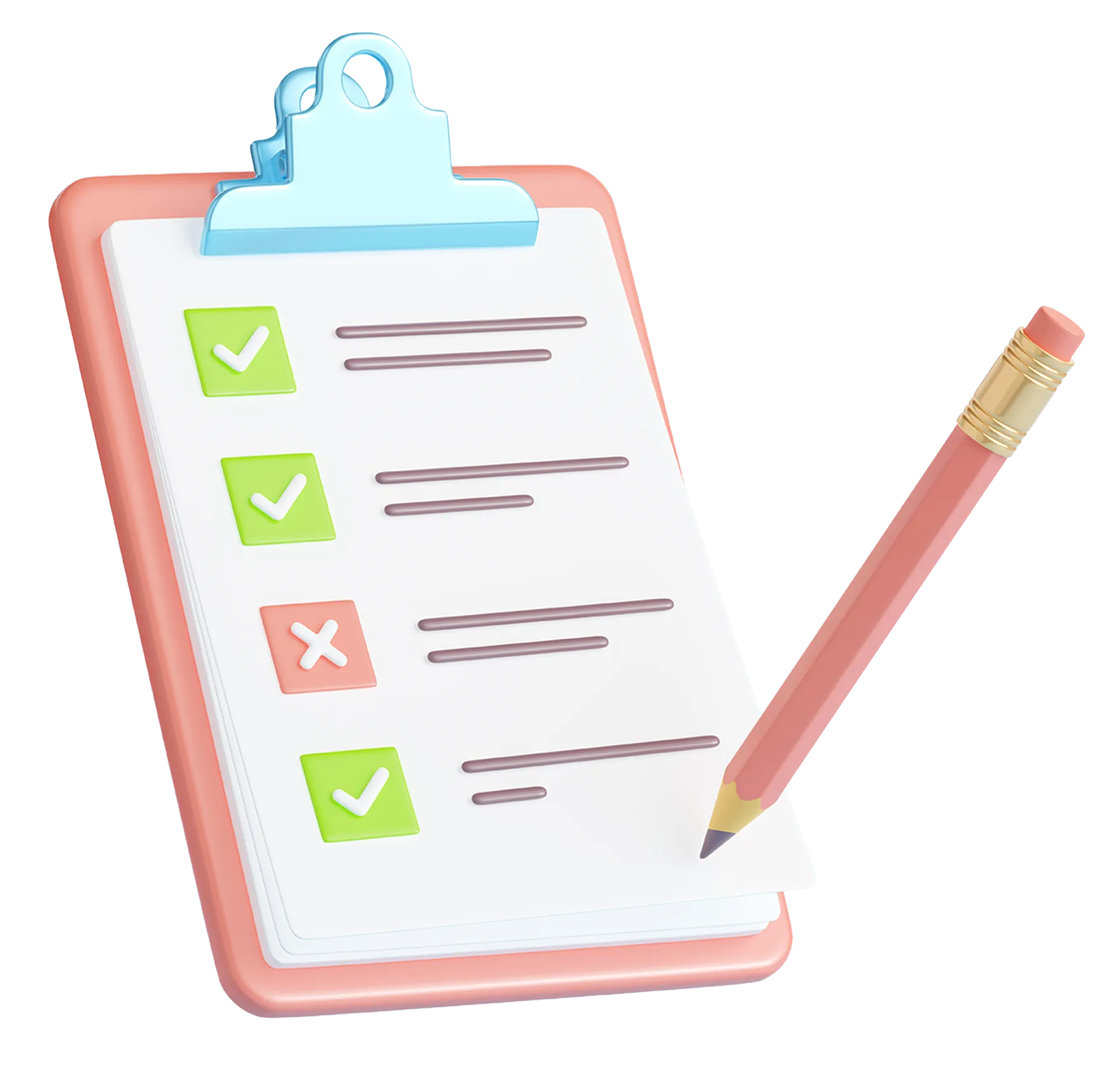Transform Your Online Store With Powerful Ecommerce SEO That Actually Works
Stop Throwing Away Sales and Start Capturing Customers Google Already Sends To Your Competitors
Free 30min Strategy Session
In a Nutshell:
We Turn Underperforming Online Stores Into Revenue-Generating Powerhouses
We don’t just build traffic – we build revenue.
What To Know
Our specialized ecommerce SEO strategies address the unique challenges online stores face, delivering measurable growth where generic SEO approaches fail. With platform-specific expertise and a focus on buyer-intent keywords, we transform underperforming online stores into organic traffic machines.






.webp)

Is Your Ecommerce Store Invisible To Shoppers?
Your beautiful online store deserves to be seen.
While you're paying for every PPC ad, your competitors are enjoying free, consistent traffic from search engines. According to Semrush's latest research, organic search drives 53% of all website traffic, yet many online stores fail to capitalize on this opportunity. Every day your products remain buried on page 4 of Google is another day of lost sales and wasted opportunity.

Why Standard Marketing Tactics Fail Ecommerce Businesses
Generic SEO advice simply doesn't cut it for ecommerce. Your site has hundreds or thousands of product pages. Your category structure is complex. Product descriptions often match the manufacturer's text used across dozens of other sites.
Traditional agencies treat ecommerce SEO like any other project - running the same technical audits, suggesting the same content strategies, and wondering why results don't materialize. Backlinko's ecommerce SEO research confirms that duplicate content issues are especially common for ecommerce sites, where product variations can create thousands of duplicate pages that severely impact rankings.
After working with numerous ecommerce businesses across various industries, we've developed specialized strategies that address unique challenges online stores face:
- Product cannibalization that dilutes your ranking potential
- Duplicate content issues across similar product variations
- Seasonal demand fluctuations that require strategic planning
- Complex site architecture that confuses search engines
One client came to us after spending a ton of money with another agency and seeing zero results. Within six months of implementing our ecommerce-specific approach, their organic traffic increased by 143%.

How RankScience Creates Ecommerce SEO Success Stories
When you partner with RankScience, you're working with experts who understand the intricate challenges of ecommerce SEO. Our methodology doesn't just drive traffic - it attracts buyers ready to make purchases.
We Dive Deep Into Your Market
Our research goes beyond basic keyword research. We analyze customer search patterns throughout the entire buying journey - from early research phases to comparison shopping to purchase-ready searches. This reveals high-intent keywords your competitors have overlooked.
For a luxury furniture retailer, we discovered that optimizing for specific material types combined with style terms attracted buyers with 3.2x higher average order values than generic product searches. Research shows that 70% of consumers living with children prioritize quick delivery compared to just 50% of those without children, highlighting how specific buyer segments have distinct needs. This aligns with McKinsey's research on modern consumer behavior.


Technical SEO That Solves Ecommerce-Specific Problems
Our platform-specific technical SEO drives results that generic agencies can’t match.

Shopify SEO Expertise
We solve Shopify's unique challenges, including collection pagination issues, URL structure limitations and app integration conflicts that hurt your rankings.
.svg)
Magento SEO Solutions
We solve the unique product catalog complexity issues that frustrate most Magento store owners. Our specialized approach helps organize your extensive product variations, improves site speed for better customer experience and resolves the multi-store view challenges that often confuse search engines.
.svg)
BigCommerce Technical Fixes
We improve URL structures, enhance category pages and resolve theme-specific issues that prevent BigCommerce stores from ranking effectively.
Our technical audits for these platforms have helped clients achieve remarkable results. When a housewares site implemented our recommendations, Google indexed 34% more of their product pages within weeks.

Content That Converts Browsers to Buyers
Great ecommerce content goes beyond basic product descriptions. We develop strategic category pages, buying guides that capture top-of-funnel traffic and comparison content that helps shoppers make decisions.
Our content strategies have helped clients increase their conversion rates by up to 28% by addressing buyer questions before they even arise.

Link Building That Builds Long-Term Authority
Our proprietary process uncovers high-authority backlink opportunities from diverse sources that other agencies miss. We also collaborate with you to leverage existing relationships with industry associations, media outlets and partners to build a powerful link profile your competitors can't match.

Comprehensive Reporting That Shows Real ROI
You don't just need more visitors - you need more customers. That's why we measure success in revenue, not just rankings or traffic. Our comprehensive reporting connects SEO performance directly to your bottom line, showing exactly how our work impacts
- Product-specific organic revenue
- Category-level traffic and conversion improvements
- Search visibility for commercial-intent keywords
- Return on investment for specific SEO initiatives
This revenue-focused approach is why our clients consistently choose to maintain long-term partnerships with us.


Schedule a Consultation and Unlock Your Ecommerce Store's True Potential
Let's skip the generic proposals. Bring us your biggest e-commerce SEO challenge, and we'll provide actionable insights during a focused 30-minute consultation.
You'll walk away with at least one implementation-ready recommendation, whether you decide to work with us or not. That's a promise we've kept with ecommerce leaders who've taken us up on this offer.
Put time on our calendar today, and let's start growing your online store through powerful, proven ecommerce SEO strategies.

Ready to Transform Your Growth? Let's Talk
Stop leaving money on the table while your competitors capitalize on traffic that should be yours. Schedule your free 30-minute strategy session now.
No generic advice. No cookie-cutter strategies. Just practical insights based on 12+ years of helping enterprises like yours unlock organic revenue.
Click below to reserve your slot. We offer these strategy sessions to provide meaningful value to each potential client.
.svg)
Frequently asked questions
Most RankScience ecommerce clients see measurable improvements within 1-2 months.
- Technical fixes yield the fastest results when Google recrawls pages
- Content strategies show impact around the 3-6 month mark
- Link building builds momentum over time
Ahrefs' research confirms only 5.7% of pages rank in the top 10 within one month.
Ecommerce SEO addresses unique challenges:
- Product duplication issues
- Complex categorization structures
- Seasonal demand fluctuations
- Transactional keyword targeting
RankScience specializes in strategies for large product inventories and purchase-intent optimization rather than just informational content.
RankScience has expertise in Shopify, Magento, BigCommerce and custom solutions. Our experts solve each platform's unique challenges, ensuring optimization techniques specifically designed for your store technology.
RankScience reporting goes beyond rankings to show business impact:
- Monthly traffic growth reports
- Keyword position tracking
- Completed optimization documentation
- Revenue attribution, where possible
Each report includes clear explanations and specific next steps.
Most ecommerce SEO improvements require some technical implementation. RankScience makes this process smooth with detailed documentation and works directly with your team. For clients without developers, RankScience can recommend trusted partners for implementation.
For most online stores, a balanced approach works best:
- Google drives 53% of all ecommerce discovery traffic
- Marketplace optimization complements but doesn't replace website SEO
- Your website offers better margins and customer relationships
Google Research shows that 40% of consumers use Google Search to make informed shopping decisions, with 75% searching online for reviews and information before purchasing, making website SEO crucial for capturing valuable customers.
The biggest mistake is neglecting site architecture. SEO research confirms that proper internal linking distributes ranking power throughout your site. RankScience frequently finds that reorganizing navigation and linking structure alone can increase visibility by 15-30% for previously buried products.
.svg)
.svg)


RankScience LLC
2443 Fillmore St #380-1937,
San Francisco, CA 94115
© 2025 RankScience, All Rights Reserved
